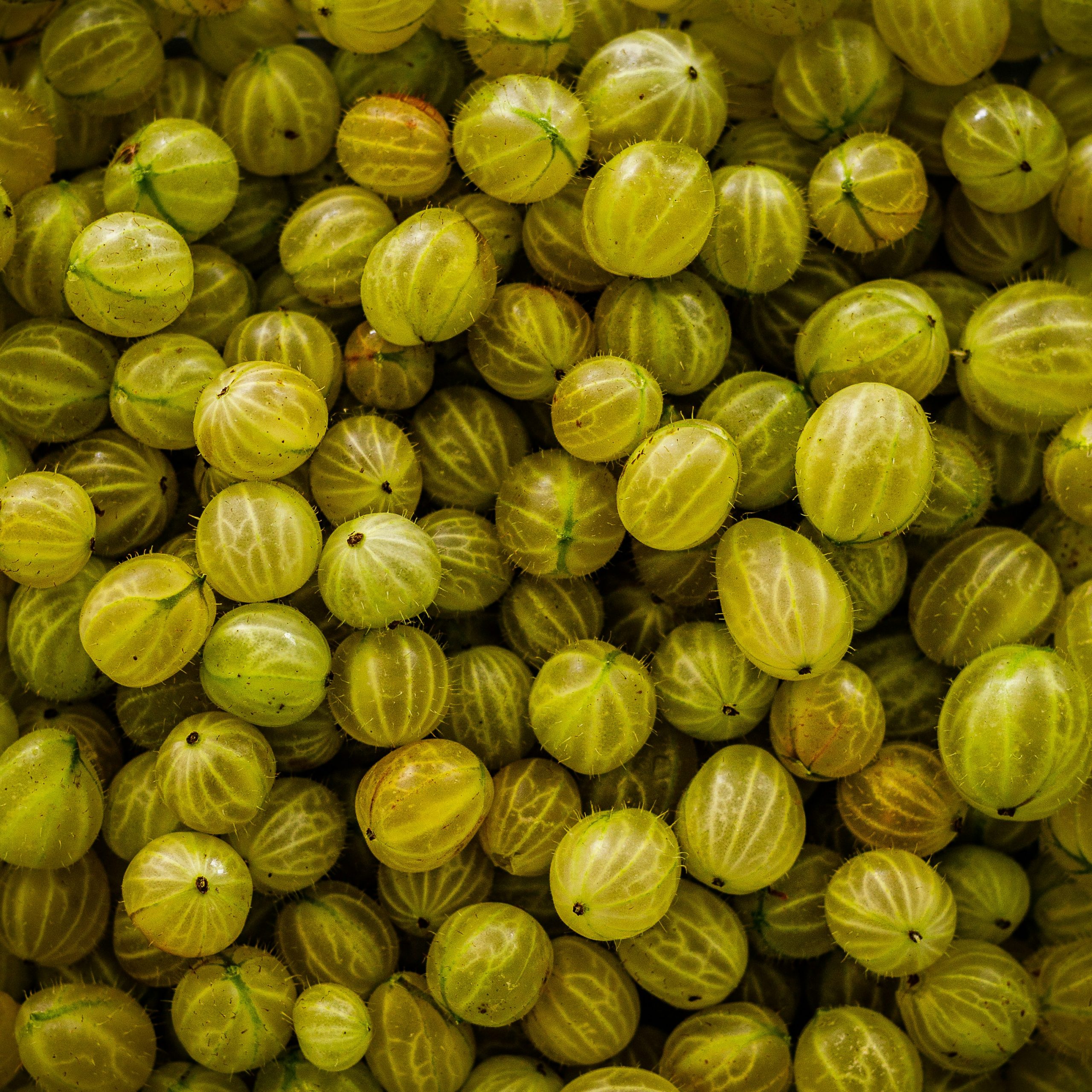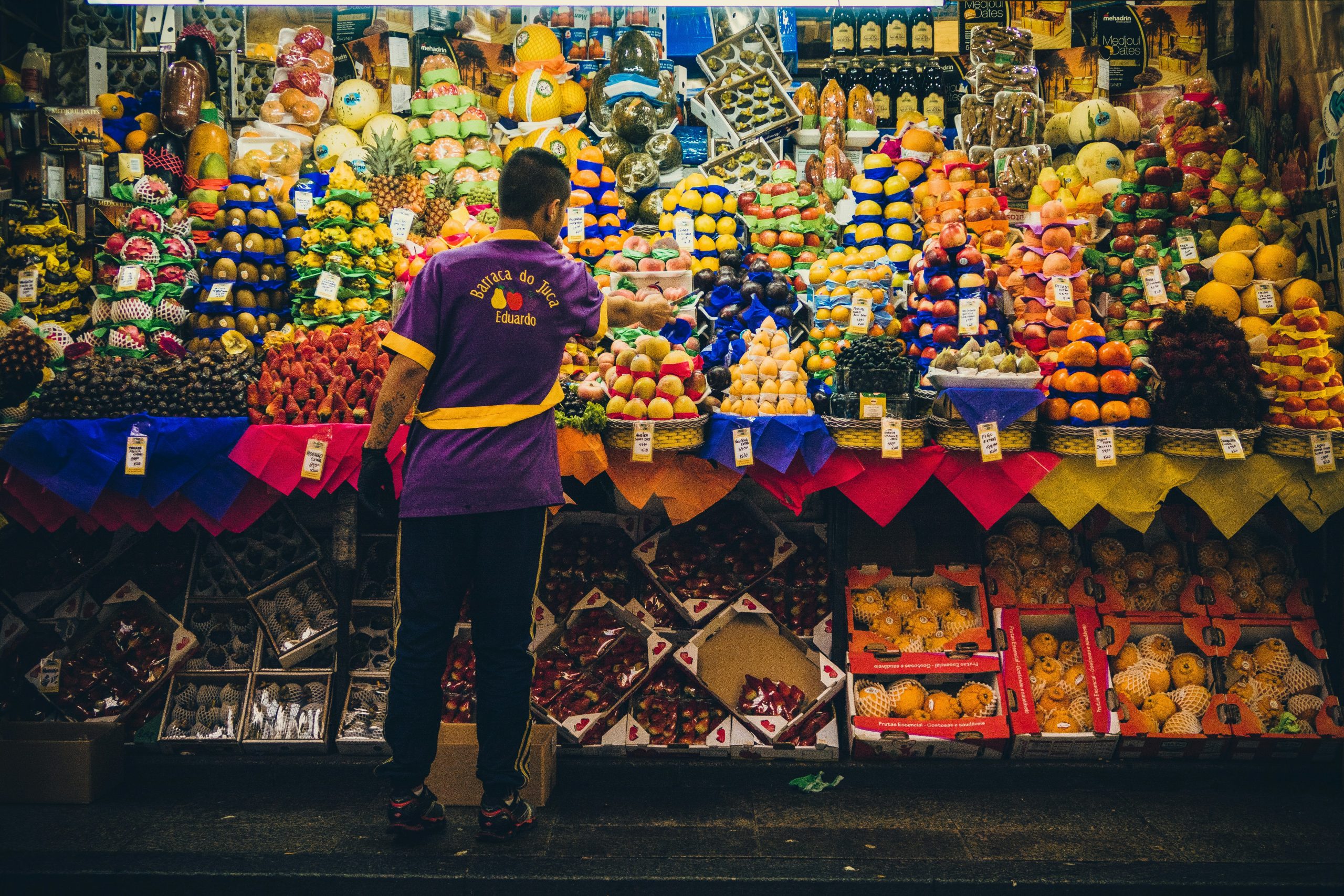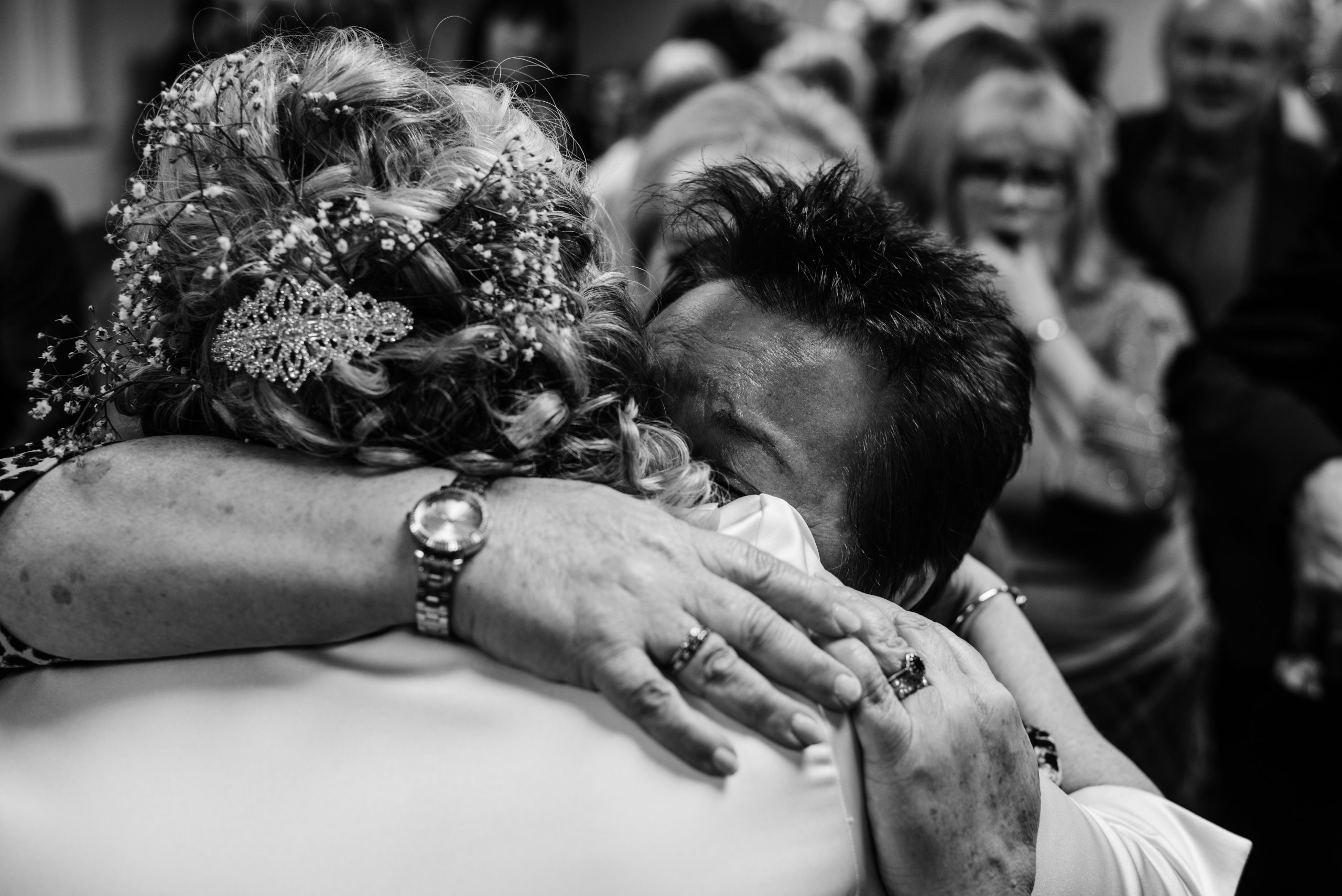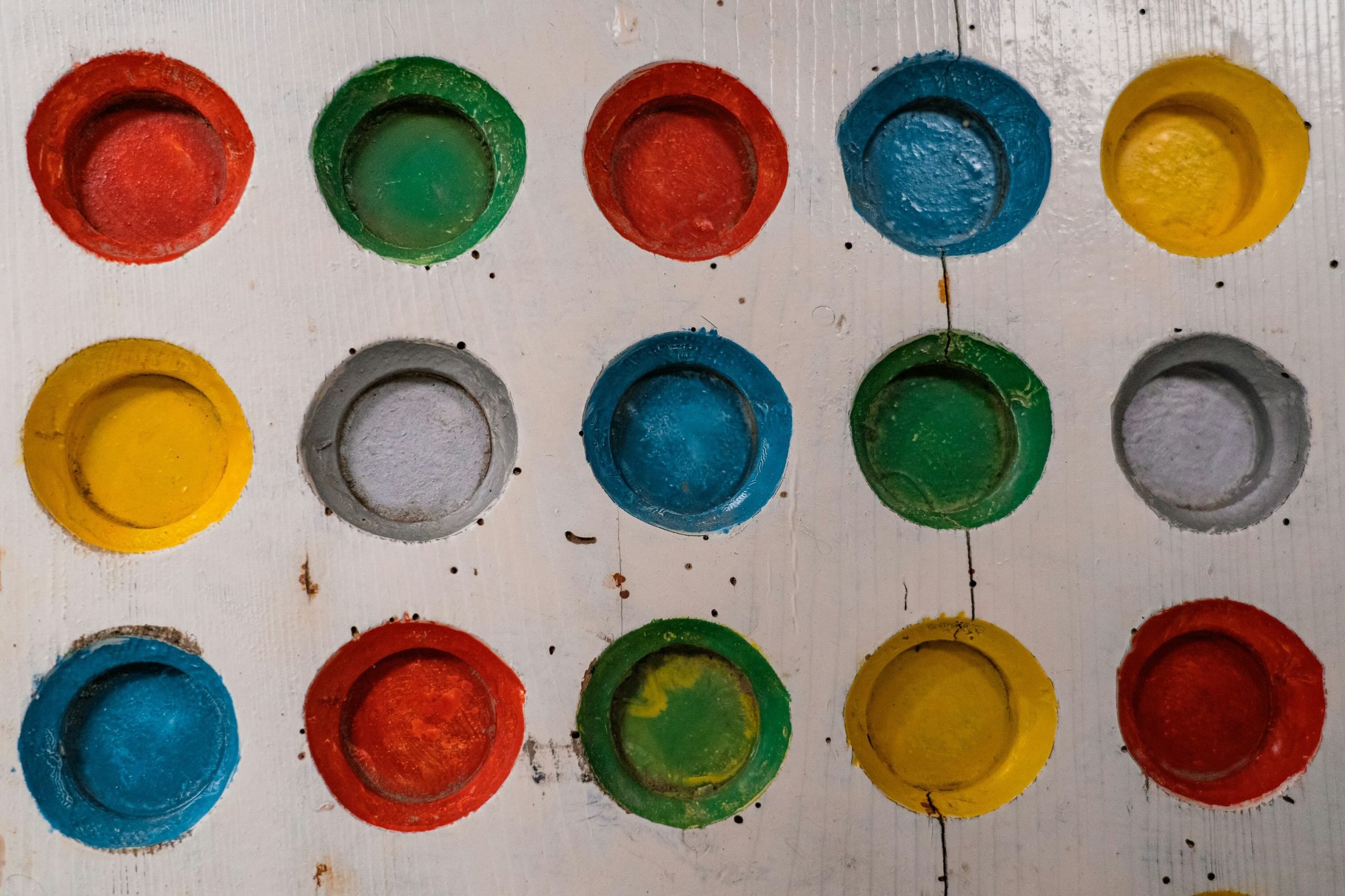What Happens When You Buy Cheap Bordeaux?
What is the experience of buying a cheap bottle of Bordeaux? When I say cheap, I do not mean real cheap, but, say, under $100 per bottle. Yesterday, I tried the 2016 Château Clos de Boüard. Depending where you live, this wine can be found for under $50 per bottle. The owners also own Château L'Angélus, one of the top right bank producers.This is a right bank wine, so unsurprisingly, the dominant grape is Merlot with 85%, then 10% Cabernet Franc and 5% Cabernet Sauvignon.This is quite a dark wine, and the fruit is quite concentrated. Mainly blackcurrant, but also licorice and tobacco. The mouthfeel is quite complex and attractive. Unfortunately, the tannins are somewhat coarse, and the finish is a bit harsh. Overall, a good wine, in particular with protein food.If you go for this kind of strategy, looking at the right bank makes sense. In contrast to the Cabernet Sauvignon dominated left bank, Merlot at the lower price point would be less astringent, generally speaking. The Clos de Boüard comes from Montagne, a satellite of St. Emilion. This explains the lower price point.I found this quite an acceptable value for money proposition. Is it better than a similarly priced local wine. I think this depends; sometimes yes, sometimes no.Score: 90/++

What is the experience of buying a cheap bottle of Bordeaux? When I say cheap, I do not mean real cheap, but, say, under $100 per bottle. Yesterday, I tried the 2016 Château Clos de Boüard. Depending where you live, this wine can be found for under $50 per bottle. The owners also own Château L'Angélus, one of the top right bank producers.
This is a right bank wine, so unsurprisingly, the dominant grape is Merlot with 85%, then 10% Cabernet Franc and 5% Cabernet Sauvignon.
This is quite a dark wine, and the fruit is quite concentrated. Mainly blackcurrant, but also licorice and tobacco. The mouthfeel is quite complex and attractive. Unfortunately, the tannins are somewhat coarse, and the finish is a bit harsh. Overall, a good wine, in particular with protein food.
If you go for this kind of strategy, looking at the right bank makes sense. In contrast to the Cabernet Sauvignon dominated left bank, Merlot at the lower price point would be less astringent, generally speaking. The Clos de Boüard comes from Montagne, a satellite of St. Emilion. This explains the lower price point.
I found this quite an acceptable value for money proposition. Is it better than a similarly priced local wine. I think this depends; sometimes yes, sometimes no.
Score: 90/++














